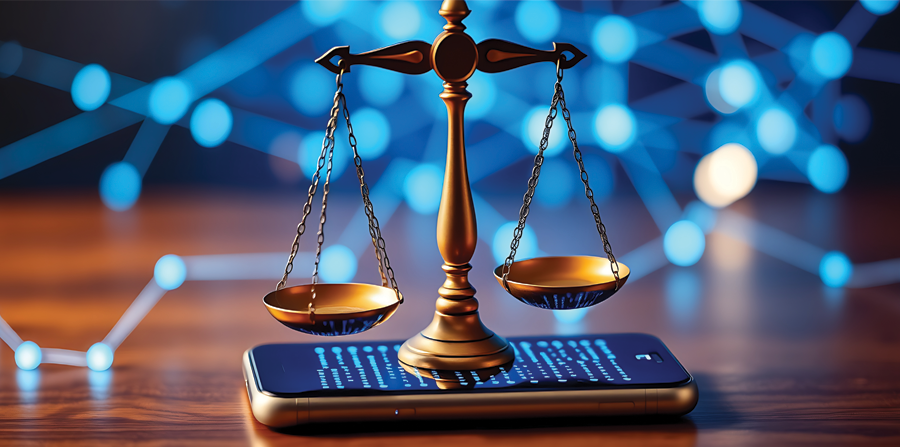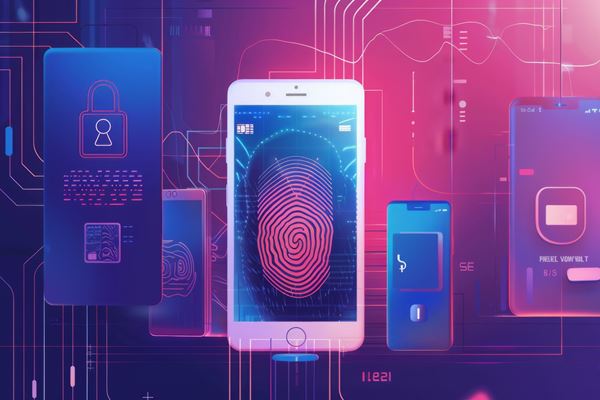Not Just Who, But How: Elevating Legal Strategy with Digital Evidence

As a digital forensics expert, I regularly work with attorneys navigating complex criminal and civil cases where digital evidence plays a central role. One of the most common, and critical, challenges they face is user attribution: proving who actually used a device to carry out a specific action.
Take, for example, a case where understanding how and when a user interacts with their device is critical to the outcome. Determining exactly when the user last interacted with their device and how they interacted with it can be pivotal to the outcome of the case. That’s where a targeted digital forensic strategy becomes invaluable.
Strategic Use of Subpoenas and Discovery Language
When it comes to attribution, I’ve seen how much stronger a case becomes when attorneys use carefully crafted subpoenas and discovery language, combined with expert analysis.
Some of the most effective strategies involve securing detailed data from cloud providers, mobile carriers, and third-party application providers. With the right language in subpoenas and discovery requests, attorneys can unlock vast stores of valuable data.
For instance, platforms like Facebook Messenger, WhatsApp, or Snapchat can provide critical insight into user behavior. Subpoenas should request user activity logs, IP addresses, login timestamps, and message metadata. It’s also important to include language requesting authentication logs that detail when, where, and from which devices a user accessed their account.
Go Beyond the Basics: Forensic Imaging and Extraction Files
Did you know that user-generated reports often contain 70% less data than the raw data?
On the device side, I always recommend that discovery requests clearly ask for forensic extraction files or cloud backups in raw extraction formats such as Cellebrite’s .ufd files as opposed to user-generated reports. These files allow forensic experts to uncover deleted content, usage patterns, and hidden data that are often inaccessible otherwise.
This level of detail can be the difference between circumstantial evidence and direct, empirical proof.
Why Expert Involvement Matters
Bringing in a digital forensics expert early in the process can dramatically enhance your legal strategy. I help attorneys interpret subpoenaed data and extraction files, uncover behavioral patterns, construct accurate timelines, and analyze geolocation data tied to specific events.
These insights often reveal critical details, such as what device application was in use from a specific location at a precise time, that might otherwise go unnoticed.
Don’t Leave Critical Evidence on the Table
Attorneys relying solely on generic subpoenas or boilerplate discovery language may miss crucial evidence. But those who approach digital evidence strategically, and collaborate with reputable digital forensics experts, gain access to a deeper layer of proof that can make or break a case.
Digital Forensics Resources to Strengthen Your Next Case
At Envista Forensics, our Digital Forensics team has just launched a legal resources portal full of valuable materials to support litigators in identifying and requesting the right evidence, no matter where it's stored. These tools are designed to be practical and case-ready, and we’re continually expanding the library with new content.
Create an account today and check back often. The next case you litigate could benefit from evidence you didn’t know existed.
In today’s legal landscape, digital evidence often holds the key to resolving disputes, proving intent, and identifying responsible parties. But without the right approach, critical details can remain hidden. By combining precise legal requests with expert digital forensic insight, attorneys can uncover the full story behind the data, strengthen their position, and ultimately deliver better outcomes for their clients.
Our experts are ready to help.




